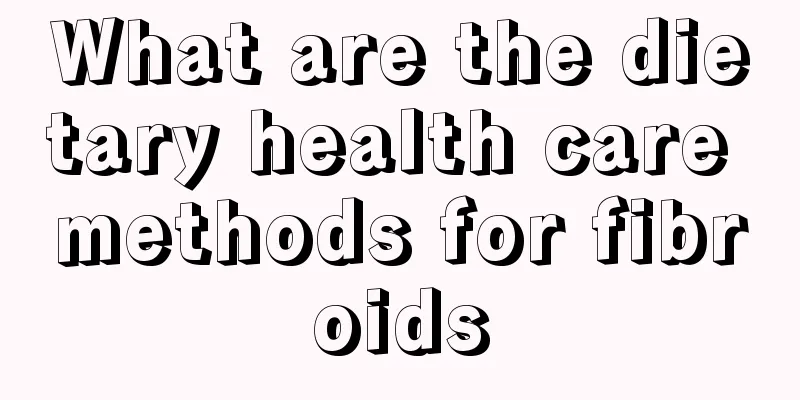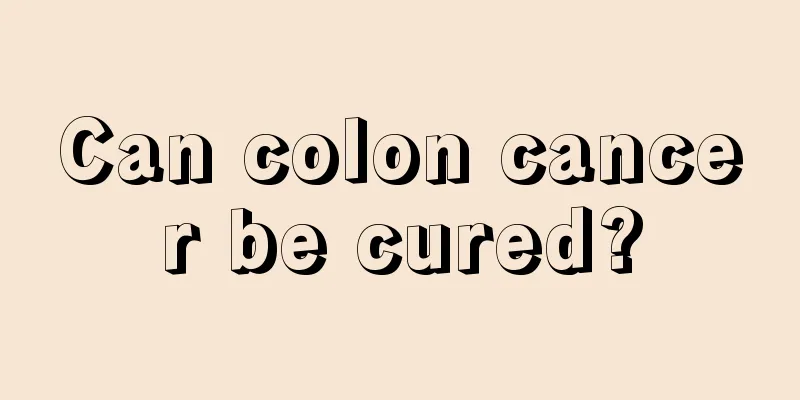What are the complications of closed skull fractures

|
Some friends may not understand the concept of closed skull fracture. Closed means that the patient's skull has an open wound, but the objects inside the skull have no contact with the outside world. This situation is called a closed skull fracture. Closed head injury refers to a head injury in which the dura mater is still intact. Although there are open wounds on the scalp and skull, the contents of the cranial cavity have not been connected to the outside world, so it is still called a closed head injury. Post-traumatic brain syndrome Symptoms such as headache, insomnia, memory loss, and fatigue may still exist several months after craniocerebral injury. Handling: ① Explain the work and psychological counseling patiently and carefully to eliminate concerns. ② Symptomatic treatment; ③ Encourage patients to participate in physical exercise appropriately and resume daily life and work. Intracranial hypotension syndrome Orthostatic headache and dizziness occur after craniocerebral injury. The diagnosis can be established if the intracranial pressure during lumbar puncture is <0.49 kPa (50 mmH20). Treatment: ① Lie flat or with the head down and feet high; ② Encourage the patient to drink plenty of water and intravenously supplement with balanced fluid or 5% glucose saline 3500-4000ml/d; ③ Lumbar puncture to inject 10-20ml of filtered air or oxygen, or 10-20ml of normal saline, once a day or every other day; ④ Intracranial hypotension caused by prolonged cerebrospinal fluid leakage should be repaired surgically. Carotid-cavernous fistula ① The diagnosis can be confirmed by the occurrence of exophthalmos, conjunctival congestion and edema, ocular movement disorders, intracranial bruits, and disappearance of the bruits caused by compression of the ipsilateral carotid artery. ② Cerebral angiography determines the extent of the lesion. Treatment: Intravascular interventional embolization therapy is the first choice for this disease, including detachable balloon embolization and microcoil embolization. When embolization therapy is ineffective, direct craniotomy can be considered, including electrocoagulation and transcavernous carotid artery repair. |
<<: What are the symptoms of skull sclerosis
>>: What is the reason for the yellowing of the whites of the eyes?
Recommend
How to relieve the pain of burns
In daily life, it is easy to get burns, and there...
Will everyone grow wisdom teeth?
Many people find that new teeth grow next to thei...
Are neurological diseases hereditary?
As we all know, neurological diseases are very di...
How much does it cost to treat ovarian cancer in the later stages
Ovarian cancer is one of the common tumors of the...
One cheek is sunken
Face is very important to all of us, it is our ap...
What are the symptoms and dangers of jaundice in adults?
Most people think that jaundice is a common disea...
Itchy skin with red spots
If your skin is itchy and has red spots, this is ...
What will the biological clock disorder lead to
Everyone has their own biological clock in their ...
How to choose a reliable hospital for colorectal cancer treatment
If a patient has rectal cancer, he or she will ha...
One-year-old’s sleep time
For babies around one year old, they spend most o...
What's wrong with my itchy chest?
Whether we are women or men. We all have the same...
Cases of pancreatic cancer cure
Can pancreatic cancer be completely cured? In rec...
Are candles harmful to the human body?
In recent years, people have used candles less fr...
What are the benefits of washing your hair with spleen wine?
People often drink beer. There are many very famo...
Does swollen eyes have anything to do with kidneys?
Kidneys are the metabolic organs of human beings....









